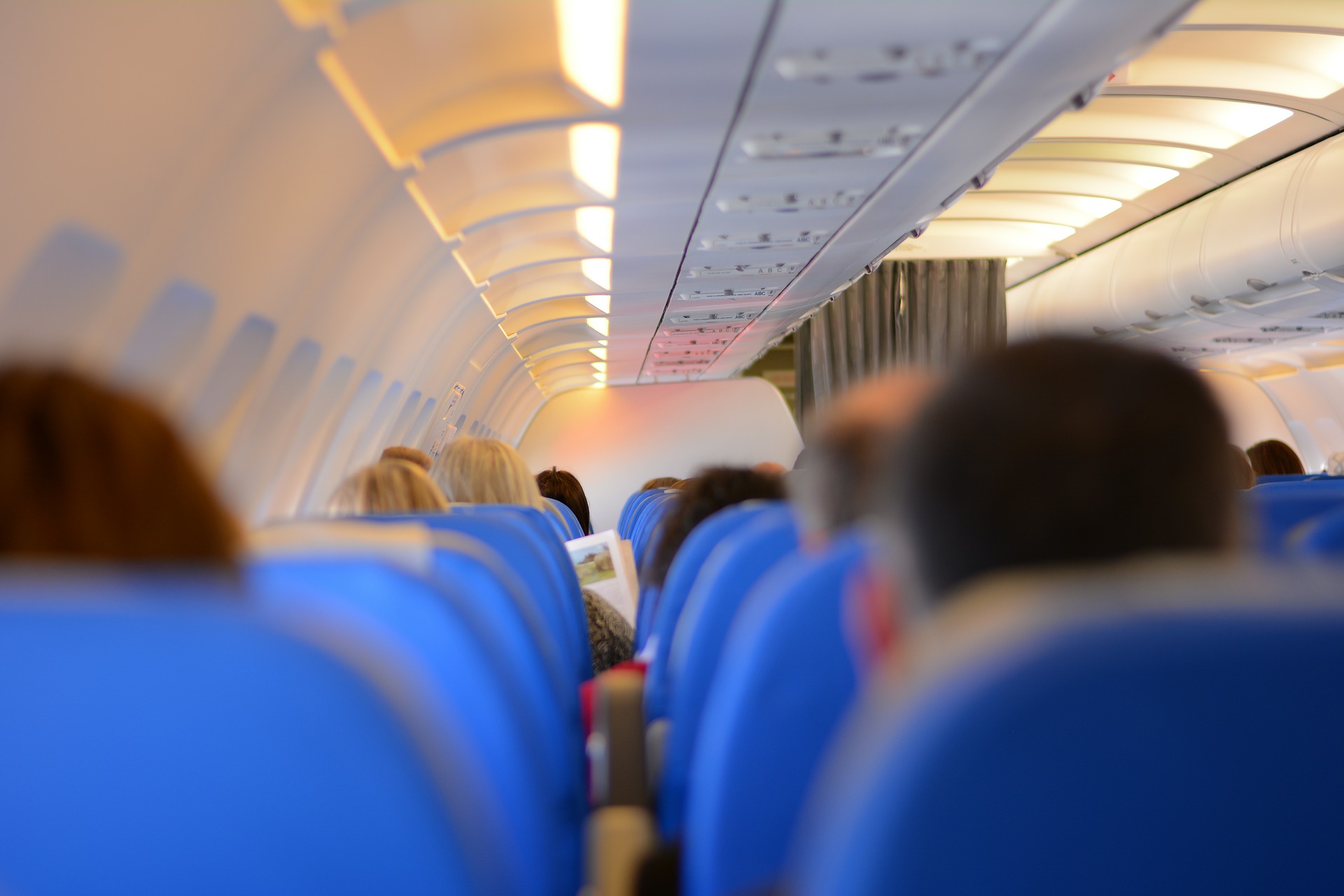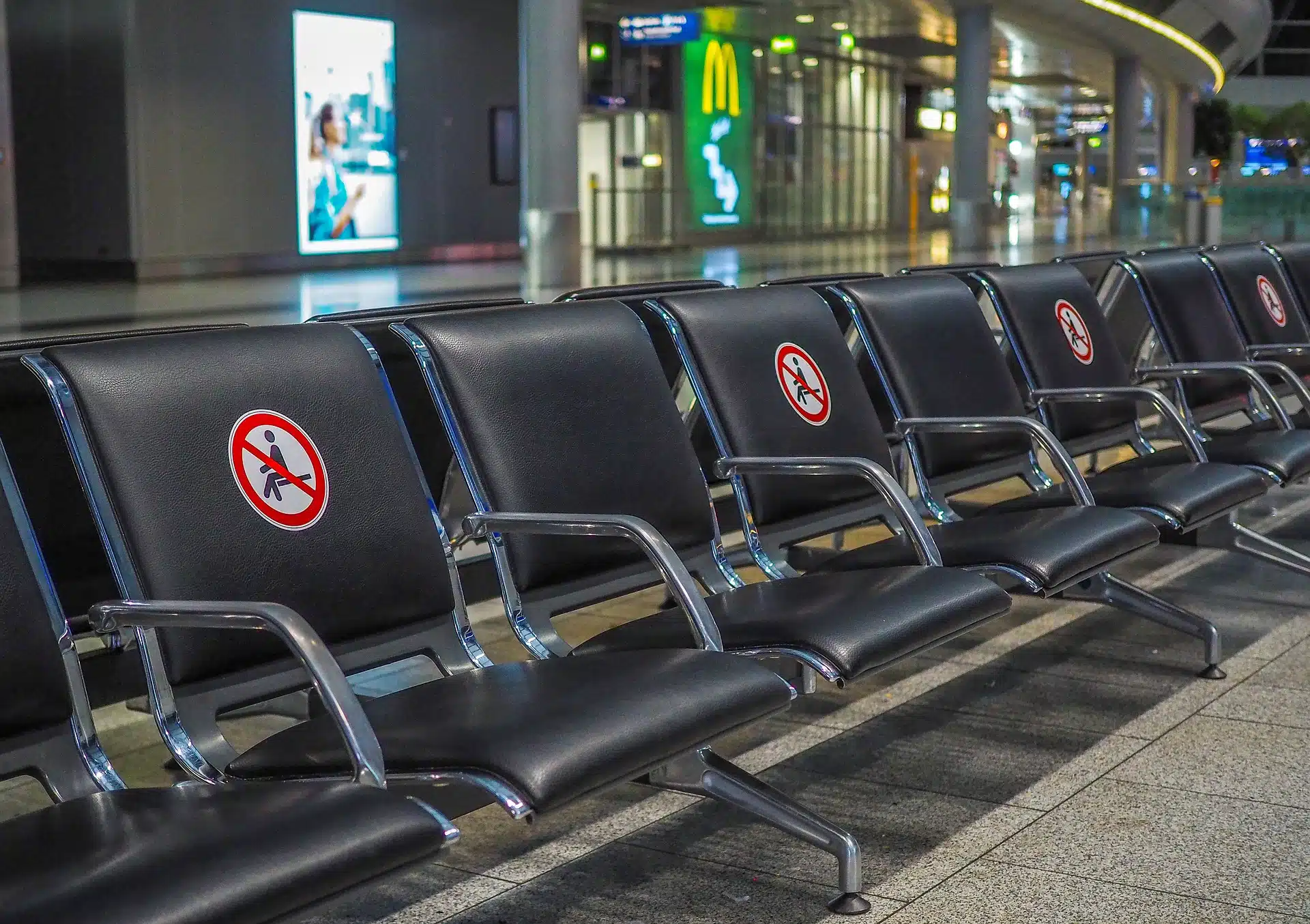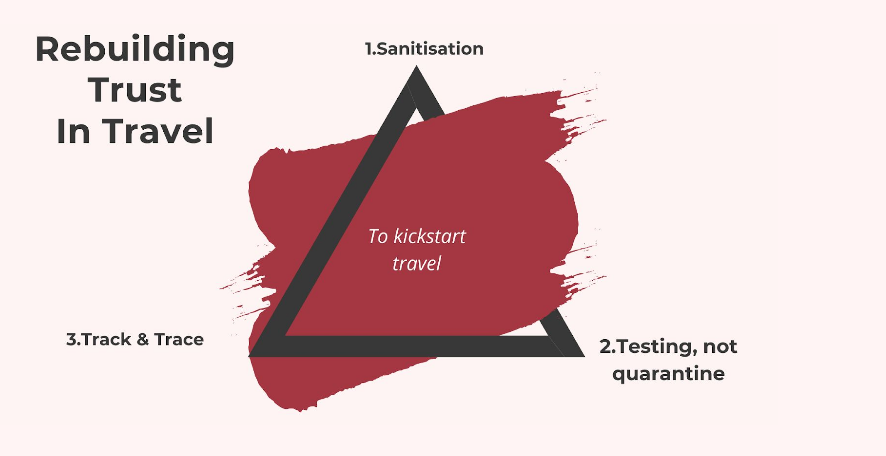This week the WHO’s Dr Michael Ryan warned that as bad as COVID-19 has been, this is not ‘The Big One.’ Instead, a more serious and deadly disease may be on the horizon. According to Dr Ryan, we need to learn the lessons of COVID and apply them to future pandemics.
As a result, there will be lengthy post-mortems once the worst of COVID-19 has passed.
As things stand now, I don’t believe that aviation and the travel industry in general will emerge well from this. Instead, the conclusions will almost certainly be that next time, borders need to shut sooner and harder.
To avoid this happening, here are three areas the industry needs to address, and quickly. They are as follows:
1 – The industry needs to be more proactive in demonstrating responsibility
Mobility spreads disease. This should be an uncontroversial thing to say, yet we sometimes get pushback when we say it.
Someone walking into their nearest supermarket could infect others. And two tourists could fly into a destination, walk into a local bar and cause an outbreak.
IATA has in the past called aviation ‘The Business of Freedom.’ Of course I agree. But it’s not credible to only extol the virtues of making the world a smaller place, while ignoring the fact that the current pandemic originally spread via air travel – and that the next one could as well.
The point here is one of good corporate citizenship, something airlines rightly place a lot of emphasis on.
Sustainability is an example of this. Airlines now accept that they have a part to play in creating a ‘greener’ world.
In the same way, the industry now needs to clearly say that it also has a part to play in creating a healthier world. That its responsibility doesn’t end when a passenger leaves the aircraft.
This is why two of the ten points in SimpliFlying’s ‘Testing +’ plan involve communications and outreach. We need to build up goodwill and trust with both the wider public and authorities, to show that we take tackling the spread of pandemics seriously and we need to do it now.
2 – Exposure notifications need to be part of the airline ecosystem
 Just imagine that you are on a flight, maybe with your family, and you sit a row across from someone who was found to have an infectious disease. You would definitely want to know about this – and quickly. Meanwhile, locating and isolating people who can potentially infect others is key to containing outbreaks.
Just imagine that you are on a flight, maybe with your family, and you sit a row across from someone who was found to have an infectious disease. You would definitely want to know about this – and quickly. Meanwhile, locating and isolating people who can potentially infect others is key to containing outbreaks.
Yet for the most part airlines haven’t built exposure notifications into their ecosystems. A consequence of that can be seen in a recent post by Treksecure’s Matthew Hiller.
Treksecure interviewed Tony Aldapa, the EMT on United Airlines flight 591, who tried to help a COVID infected passenger who subsequently died:
“It took 10 days for Tony to be officially notified by the LA County Health Department that he was at risk of COVID exposure. He was first notified by a call from Harvey Levin of the TMZ television show. Other passengers weren’t contacted for 13 days or more.”
Matthew points out that none of the major US airlines currently notify passengers when something like this happens, leaving it to overwhelmed public health authorities.
Similarly in Europe there have been countless cases of authorities scrambling to locate people on flights who might be infectious.
To take just one example – at the end of August, 200+ passengers on a flight from Crete to London Luton had to be found after a group of teenagers subsequently tested positive.
In these situations, time is obviously of the essence. The longer you let people out into the wider community who might be infectious, the more a disease spreads.
By integrating exposure notifications, airlines can both demonstrate a high level of customer care and (going back to the first point) responsible corporate citizenship.
3 – The industry needs to get serious about testing
Testing has evolved considerably since March, but we are still not at the point where we have tests that are cheap, fast and accurate.
Yet, some in the industry still try and push rapid antigen tests as the key to allowing large numbers of people to fly again. Given the issues around antigen tests detecting people who are asymptomatic and pre-symptomatic, this is not a viable solution for COVID-safe flying.
There is a role for rapid antigen tests, but as a second and not primary line of defence.

Assuming the passenger is clear, s/he can then go, avoiding quarantine. The key is that these testing measures are also combined with other biosafety steps:
According to Mayo Clinic Chief Value Officer Dr. Henry Ting: “Based on the modeling we have conducted, when the recommended testing protocols are combined with multiple layers of protection, including mask requirements, proper social distancing and environmental cleaning, we can predict that the risk of COVID-19 infection – on a flight that is 60 percent full – should be nearly one in a million.”
A multiple test system like this sounds onerous and expensive, but it doesn’t need to be.
One of the things that surprises us at SimpliFlying is the extent to which airlines are still sticking to uncomfortable nasal / oral swab tests, when saliva and mouthwash tests (such as that developed by our partners at TestFRWD) work just as well.
Meanwhile there are testing technologies in development, for example breath tests that require no lab capacity. In future you could imagine a situation where someone takes a mouthwash test at home before flying, and is then given a very fast breath test at check-in.
In fact, it wouldn’t be a bad thing for airlines to locate and invest in some of these test companies.
Recently Aer Lingus’ interim CEO said he expected the airline to be at 70% of normal operations by mid June. Depending on the vaccine roll-outs, that sounds feasible, but it also means we have several months of air travel during the worst of the pandemic.
And as SimpliFlying CEO Shashank Nigam detailed in a post about the new Canadian restrictions, authorities aren’t opening up – they are closing their borders even more.
Those months could and should be used to address these points, so that if and when the next pandemic hits, the industry has a robust and credible plan in place that benefits economies, saves jobs but also stops diseases from being transported via air travel.

